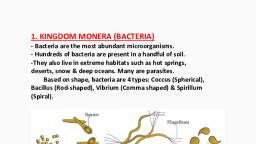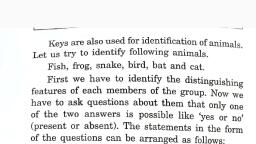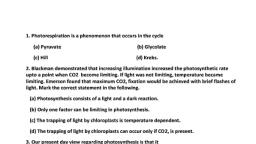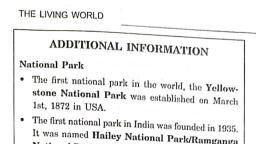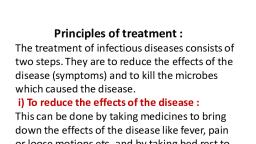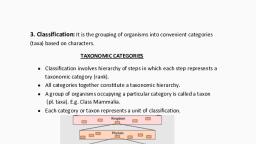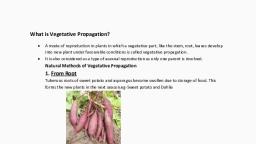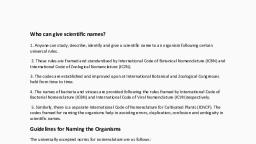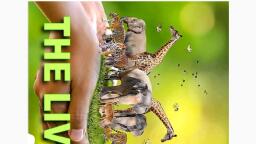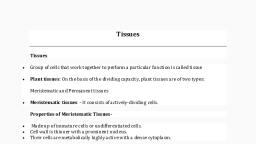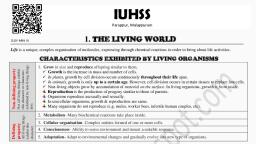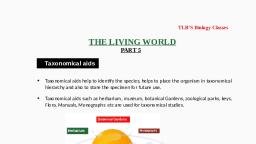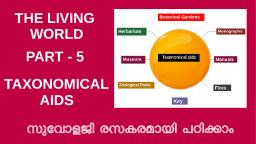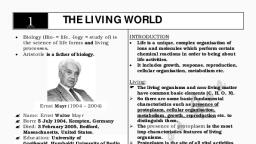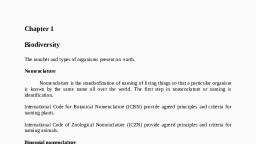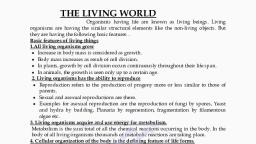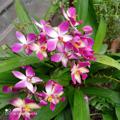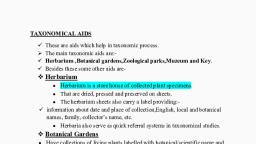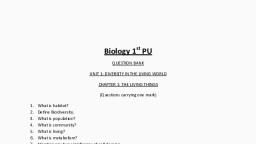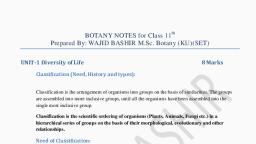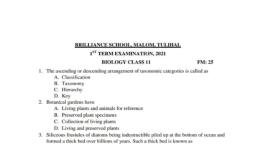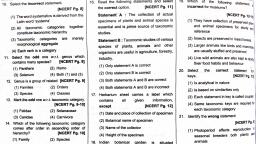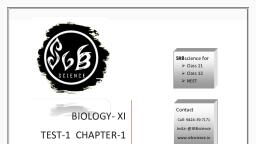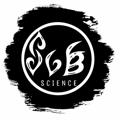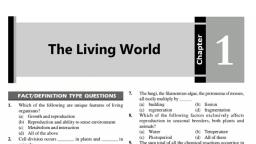Page 1 :
TAXONOMIC AIDS, A. Herbarium, • It is a store house (repository) of plant specimens, that are dried, pressed and preserved on sheets, and are arranged according to universally accepted, classification., • Herbarium sheets are labelled with information, about date and place of collection, English, local, and botanical names, family, collector’s name etc., B. Botanical gardens, • These are specialized gardens having collections of, living plants for reference and identification., • Each plant is labelled with its botanical name and, family., Famous botanical gardens:, • Royal Botanical Garden at Kew (England)., • Indian Botanical Garden, Howrah (India).
Page 2 :
• At National Botanical Research Institute, Lucknow, (India)., C. Biological Museum, • It is a collection of preserved plants and animals for, study and reference., , A museum contains, • Specimens preserved in preservative solutions in, containers or jars., • Preserved dry specimens of plants and animals., • Insects preserved in insect boxes after collecting,, killing and pinning., • Stuffed larger animals like birds and mammals., • Collections of animal skeletons.
Page 3 :
D. Zoological Parks (Zoos), • These are the places where live wild animals are, kept in protected environments under human care., • It helps to learn about their food habits and, behaviour., E. Key, • It is an analytical method of identification of, organisms based on similarities and dissimilarities., • It is based on the contrasting characters generally, in a pair called couplet., • Each couplet has two opposite options. Of these,, only relevant option is accepted and other is, rejected., • Each statement in the key is called a lead.

